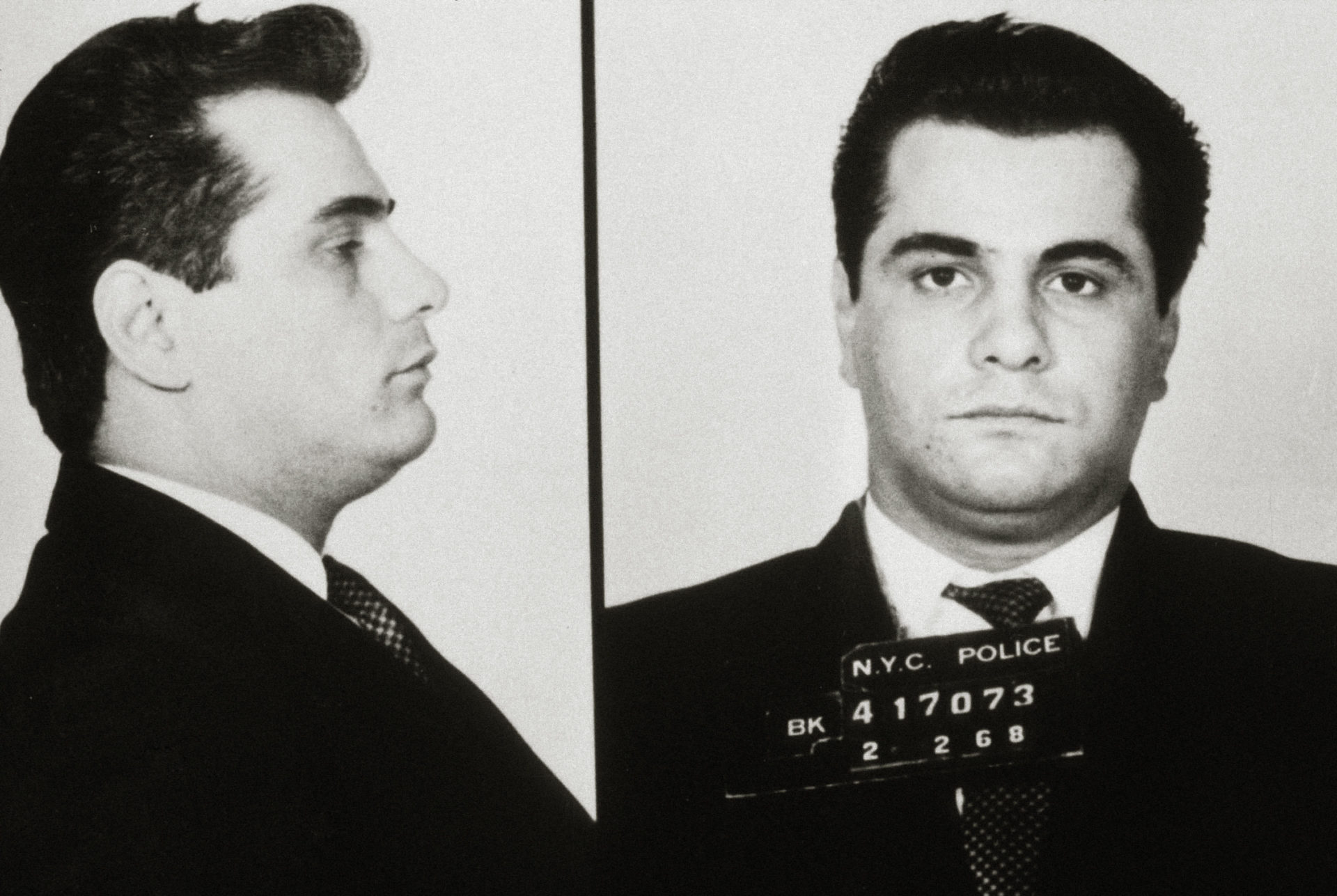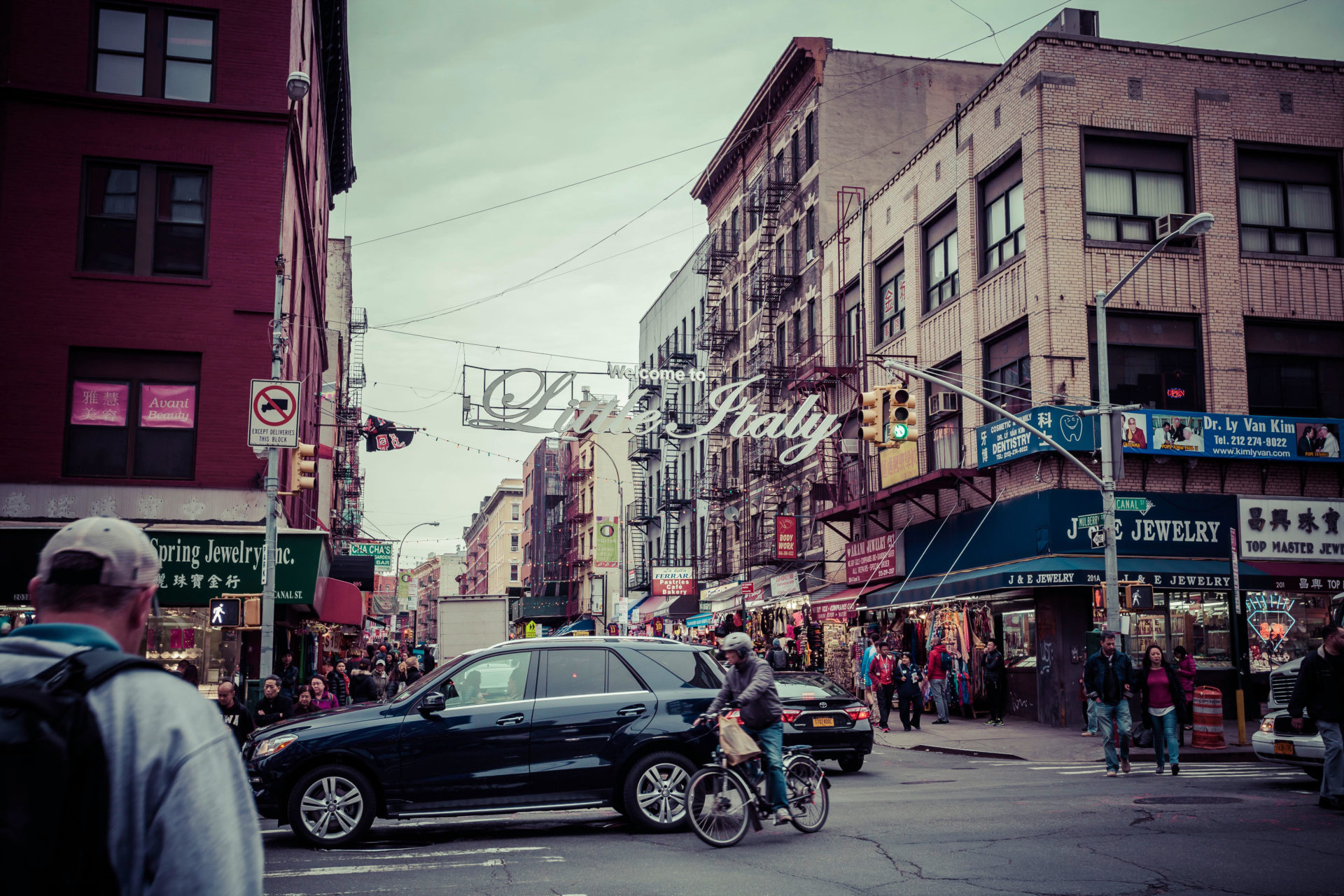The traditional Italian mafia no longer has the same influence over the "business of criminality" in The United States.
That's according to a constitutional lawyer and crime historian, Alex Hortis, who was speaking to The Pat Kenny Show in the first instalment of a three-part series on the show: The Mafia Then and Now.
The series examines the Mafia world, its history and the inner working of the main five families, with Alex Hortis crime historian and author of ‘The Mob and the City’.
He told Pat that the Italian organised crime groups originated in Sicily, with the first recorded mention of the mafia in the United States was in New Orleans in the 1890s.
"There was actually mass winching of Italians because they were suspected of being Mafiosi. There was a lot of hysteria around them at the time," Mr Hortis said.
Mr Hortis said the five major mafia families originated during the prohibition in the United States.
"They had no connection to the Sicilian families, and they only became gangsters in the United States," he said.
"It was very much an American phenomenon by the 1920s and 1930s."
Delve into the world of the mafia 🔎
Join us on the @PatKennyNT Show as @annieekane gives us an insight into how the mafia came about and how five families made roots and millions in the US.
Part one of this three-part series, live now 👇
— NewstalkFM (@NewstalkFM) August 2, 2023
As the Mafia activity grew in the 20th century, it became "widespread" across the country.
"There were 24 cities in which it was identified to have at least one family –New York was the only place to have five families," Mr Hortis said.
"Who got which territories evolved somewhat naturally [and] organically, in that it was really based on where the particular gangster lived, what their influence was."
 John Gotti, aka "The Dapper Don," poses for mugshot photo in New York City, Febuary 2, 1968 ( PictureLux / The Hollywood Archive / Alamy Stock Photo)
John Gotti, aka "The Dapper Don," poses for mugshot photo in New York City, Febuary 2, 1968 ( PictureLux / The Hollywood Archive / Alamy Stock Photo)The Mafia traditionally made their money in a "variety of income streams" – through drug operations, loan-sharking, gambling, the lottery and labour.
"They were leeches onto the American labour movement," Mr Hortis said.
"There were lots of concentrated industries that required quick movement of goods - the longshoreman, garment workers - the Mafia got its cut from there and infiltrated a lot of the big unions that control that.
"Construction was a very big industry that they had their tentacles into and waste hauling."
 Little Italy Manhattan, New York, USA (mauritius images GmbH / Alamy Stock Photo)
Little Italy Manhattan, New York, USA (mauritius images GmbH / Alamy Stock Photo)The influence of the Italian Mafia began to fall as international cartels grew in size, according to Mr Hortis.
"Certainly, in the drug trade, there are many more organisations now from Latin America, Russia, many more that control the drug trade than did back in their day," he said.
"The industries that they dominated also disappeared, so in some cases, there is no sort of Mafia involved anymore.
"The garment industry in the US basically went away, the longshoremen, the water shipping, at least in New York City, became containerized.
"It really didn't have any gangster influence anymore ... an underrated way that they ended, is simply that the industry that they dominated went away."
You can listen to part one of The Mafia Then and Now here:









